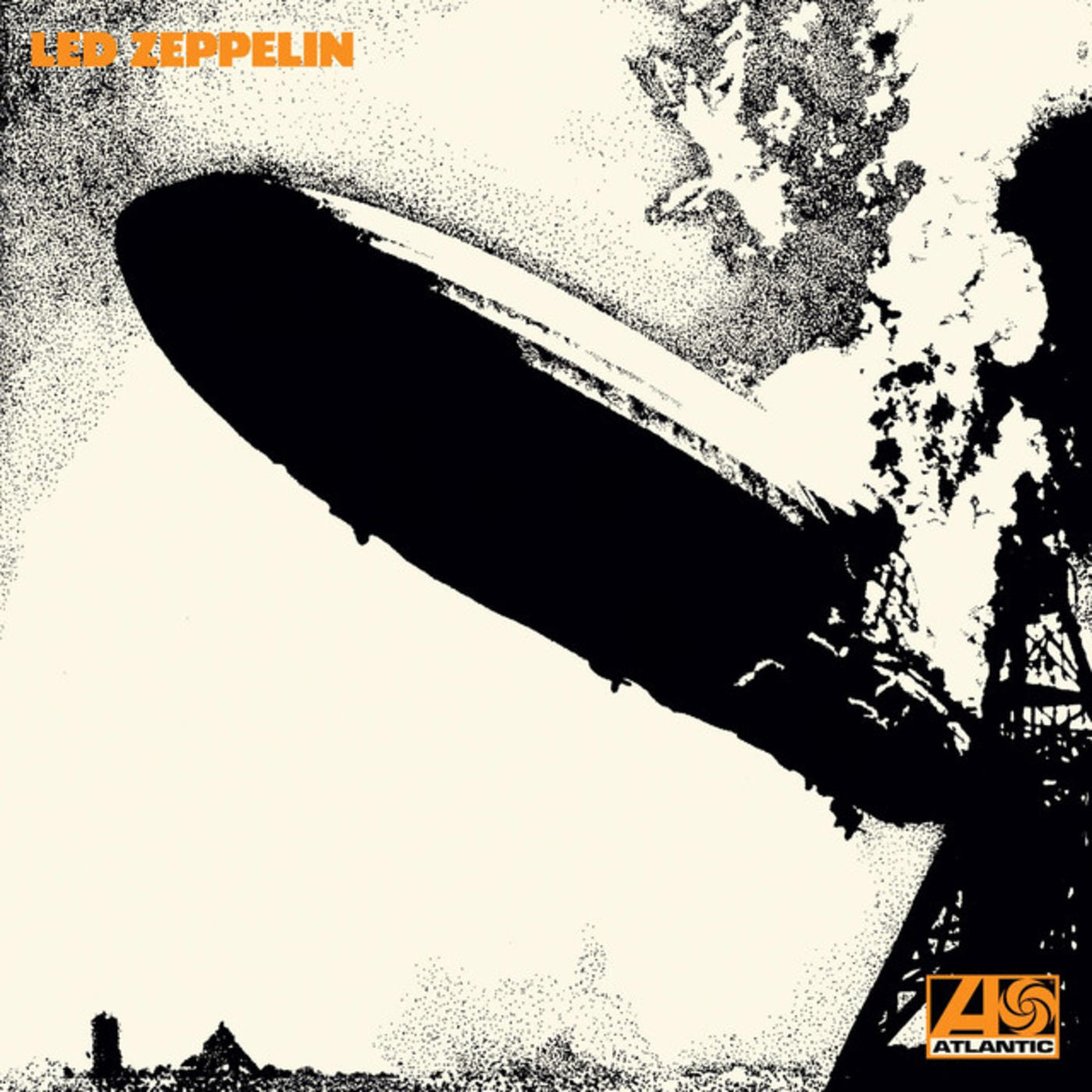10 Things You Might Not Know About Led Zeppelin II

46 years ago today, Led Zeppelin's sophomore full-length effort hit record stores shelves, and it's fair to say that it did not find the band in a slump. To celebrate its anniversary, here are 10 things you might not know about this classic album.
1. Led Zeppelin II was written and recorded between January and August of 1969, while the band was on tour.
2. Per John Paul Jones, many of Jimmy Page's riffs for the album's songs came about during the improvisational section of “Dazed and Confused” in the band's concerts. “We'd remember the good stuff and dart into a studio along the way,” said Jones, in the liner notes of the Led Zeppelin box set.
3. No less than 13 studios were home to Led Zeppelin as they were putting together the album, with the band working variously in London, Los Angeles, Memphis, New York City, and Vancouver.
4. Led Zeppelin II was the first of the band's albums to feature the engineering stylings of Eddie Kramer, starting a collaboration which would prove invaluable over the years.
5. The album's opening track, “Whole Lotta Love,” gave Led Zeppelin their only US top 10 and their first hit single in the UK. The difference: the US hit came in 1970, while the UK hit came in 1997. Yes, really.
6. “What Is and What Should Never Be” provided Robert Plant with one of his first-ever opportunities to earn a writing credit on a Led Zeppelin song.
7. “Heartbreaker” features the first recorded occasion of Page delivering his Gibson Les Paul / Marshall Stack combination, something which would quickly become a Led Zeppelin staple.
8. Due to a misprint, original copies of Led Zeppelin II listed a track entitled "Livin' Lovin' Wreck (She's a Woman).” Needless to say, the wreck became a maid as soon as the error was noticed.
9. “Immigrant Song” earned Led Zeppelin a top-20 US hit, but its greatest claim to fame occurred when one of its lyrics provided the title to one of the most famous books ever written about the band: Hammer of the Gods.
10. The similarity between “Whole Lotta Love” and Willie Dixon's “You Need Love” led to Dixon earning a songwriting credit on the former track. Ironically, this put Dixon's name on both the opening and closing tracks of the album, since the last song on the record is a cover of Dixon's “Bring It On Home.”


